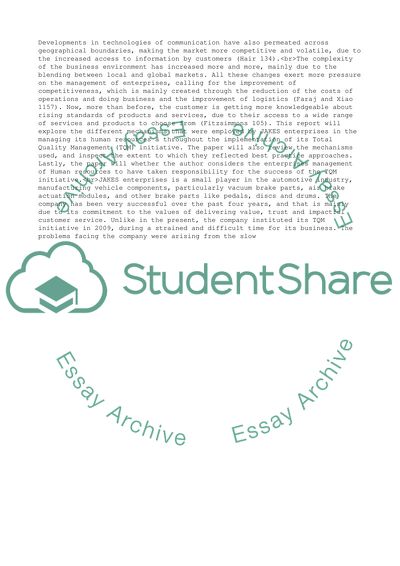Cite this document
(Total Quality Management Essay Example | Topics and Well Written Essays - 3000 words, n.d.)
Total Quality Management Essay Example | Topics and Well Written Essays - 3000 words. https://studentshare.org/management/1823254-total-quality-management
Total Quality Management Essay Example | Topics and Well Written Essays - 3000 words. https://studentshare.org/management/1823254-total-quality-management
(Total Quality Management Essay Example | Topics and Well Written Essays - 3000 Words)
Total Quality Management Essay Example | Topics and Well Written Essays - 3000 Words. https://studentshare.org/management/1823254-total-quality-management.
Total Quality Management Essay Example | Topics and Well Written Essays - 3000 Words. https://studentshare.org/management/1823254-total-quality-management.
“Total Quality Management Essay Example | Topics and Well Written Essays - 3000 Words”. https://studentshare.org/management/1823254-total-quality-management.


